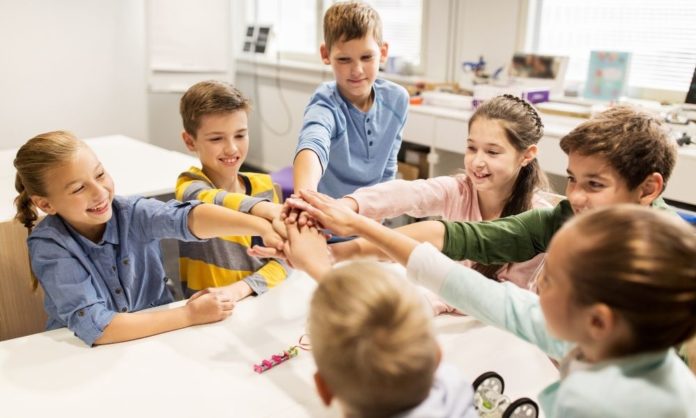Many teachers search for ways to boost collaboration among their students—knowing how to work with others is a crucial life skill. And as you get ready to start teaching, you’ll need to know how to encourage collaboration between your students. By boosting our collaborative skills, we learn how to be better communicators and problem solvers. As you prepare to teach, you’ll want to note ways to boost collaboration in the classroom to implement the ideal methods after you graduate!
Do Ice Breakers
Ice breaker activities make it easier for everyone to feel comfortable—you get to know the students your student-teaching, and they learn about one another. Sharing ideas and working together is easier once you’re comfortable. So, on the first day or week of class, try different activities centered around getting to know one another. For example, you could have students interview one another or share interesting facts about themselves.
Change Seating Arrangements
When you can pick where you sit, you’re bound to sit by your friends. Likewise, after being in the same spot for a while, students get comfortable with those around them. To increase collaboration throughout the classroom, change up seating arrangements every once in a while.
Similarly, the seating arrangement could affect how students work together. If the seats are in rows, try different seating arrangements for active learning. By working in closer proximity with their classmates, children will have an easier time communicating with one another.
Assign Group Projects
An easy way to boost collaboration in the classroom is by assigning hands-on projects for pairs or groups. When you do this, suggest that students assign roles and create goals to keep on task. This prevents the project from becoming frustrating and reduces the likelihood that one person will do all the work. Remember that the goal in these projects is for everyone to work together.
Create Clear Goals
Make sure your expectations are clear and easily achievable, especially when you assign group work. Working together is much easier when everyone knows what’s expected of them and how to get there. There should also be rules centered around appropriate language. For instance, no one should talk over one another nor make rude remarks about other ideas.
Observe Your Students
Keep on the lookout for how students work in groups and partnerships. When they start to derail, get them back on track. If you notice two or more students failing to communicate, get involved and detect the root of the problem. The best teacher does more than teach—they give students life lessons!








